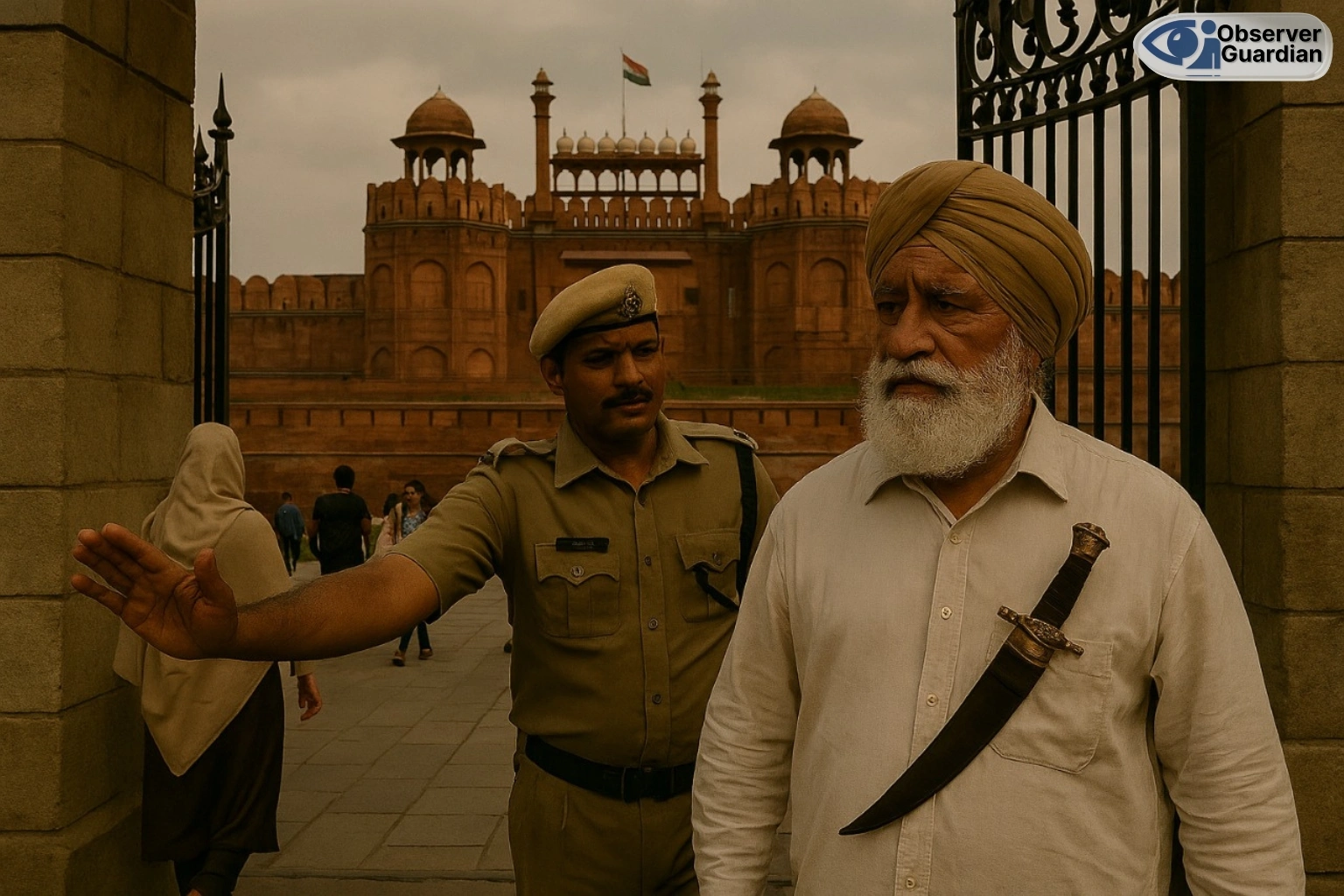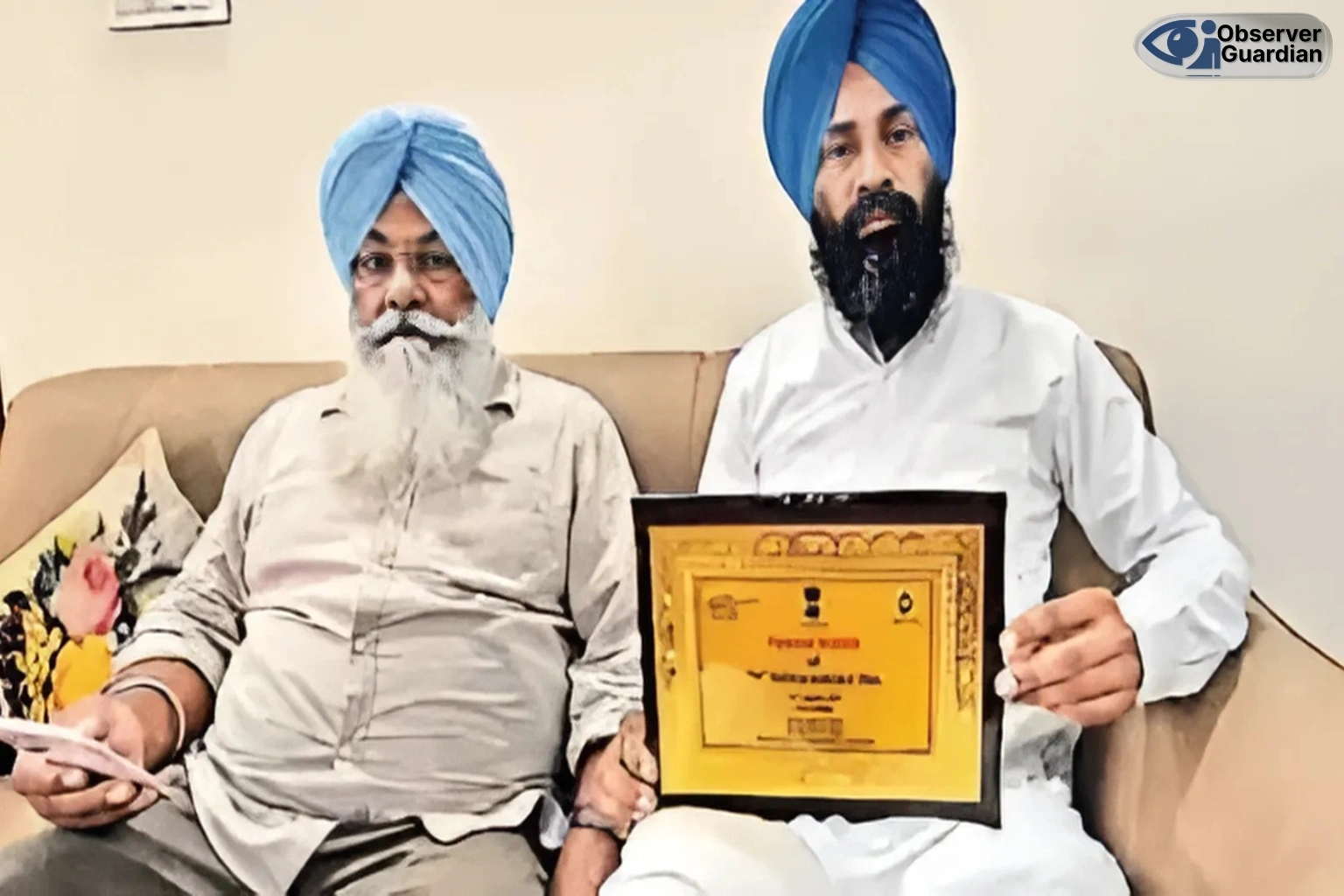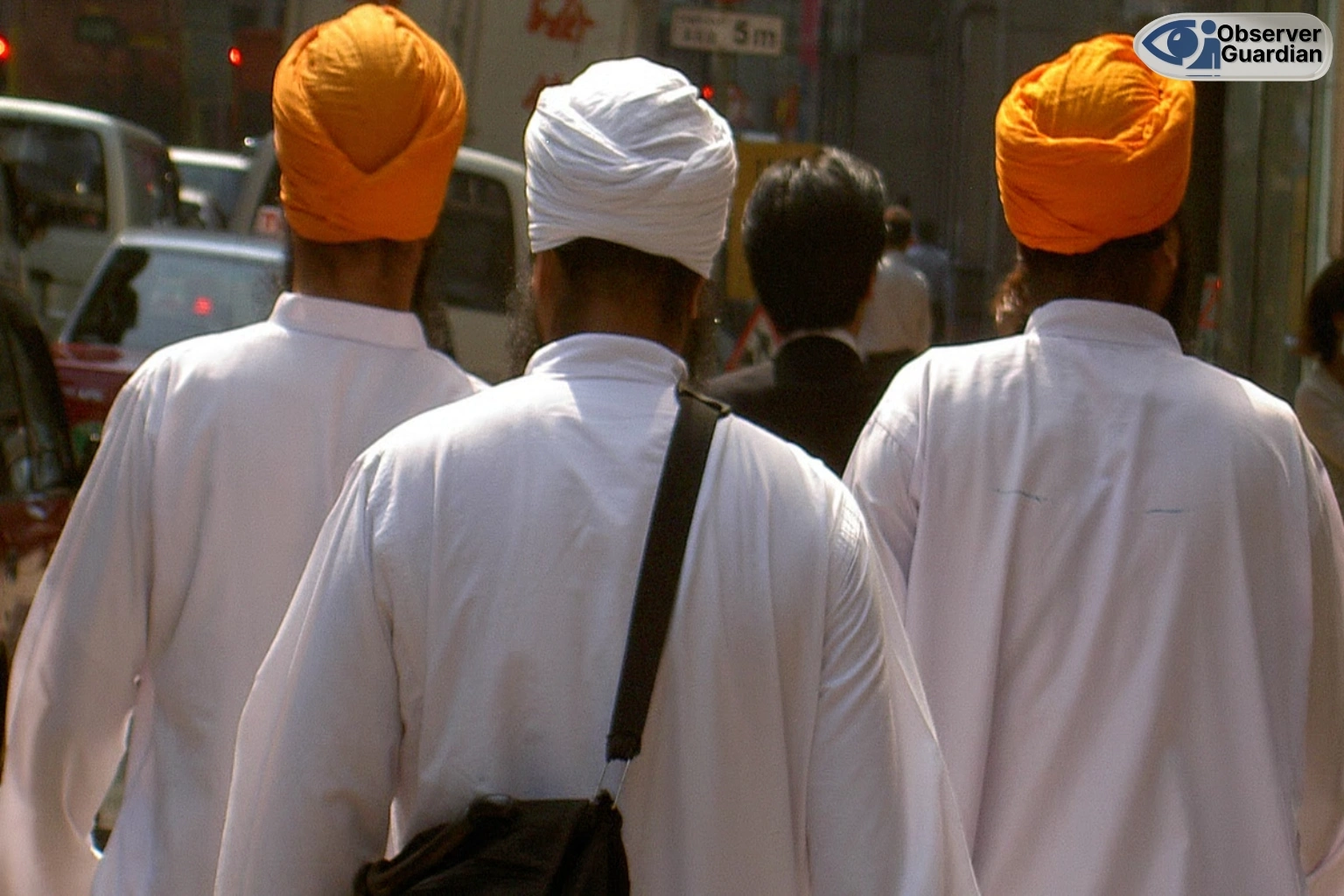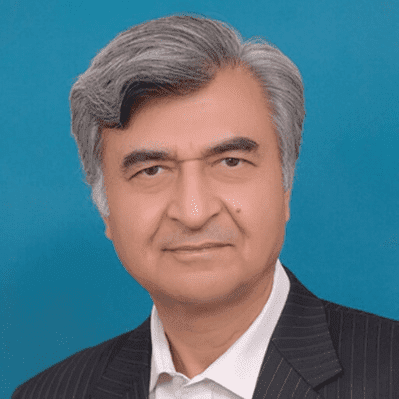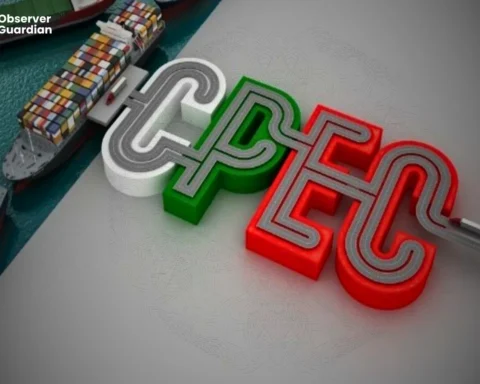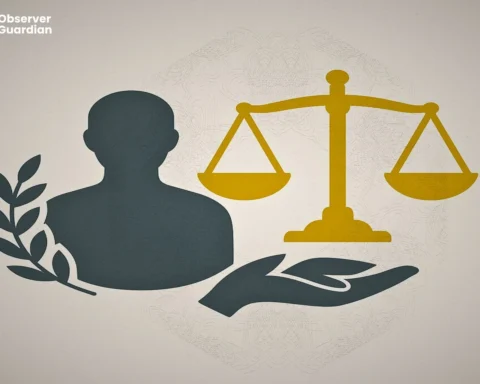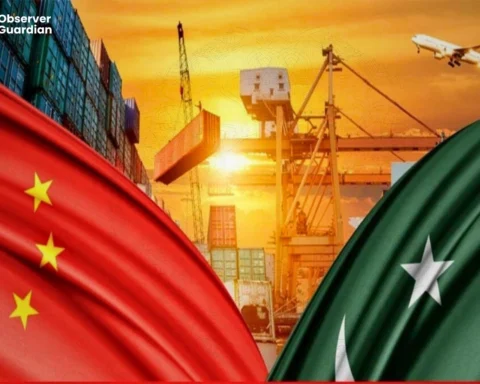A Discriminatory Exclusion
Once again, the Red Fort became the place of national pride as India celebrated 78 years of Independence. Flags were waving, speeches being made and the citizens cheering for solidarity. But to one man the day was bitter. A valid invitee Gurdhian Singh, a sarpanch in Kalsana village in Punjab, was not allowed to enter. His fault was that he had the kirpan which was a sacred item by the Sikhs. Particularly, the absence of such a symbolic occasion also called into reason religious freedom and equal treatment.
The Kirpan and Constitution Rights
To Sikhs the kirpan is not a weapon. It is a religious requirement and is a subset of the five Ks which form Sikhs. Even the Indian Constitution acknowledges such right. Article 25 grants the freedom of religion and the carrying of the kirpan is specifically taken care of by this provision. In 2006 Supreme Court reiterated this position. So, preventing Singh at the gates of the Red Fort could not simply be a security decision. It was denial of rights that were already obtained by law and ensured by the founding ideas of the country.
A Gestural dismissal
The seriousness of the incident is the location. The Red Fort is not mere monument hence it is the main scene of the drama of independence of India. On August 15 on a yearly basis, the Prime Minister is expected to address the nation and special guests drawn nationally are invited to the event. Among such guests was Singh. His refusal at the gate is blaring. The invitation is meaningless when a Sikh leader is excluded to do so because of his article of faith. It means formal inclusion practical exclusion.
Unequal Treatment
In India, religious symbols are prevalent in the life of a society. Hindus wear tilak, rudraksha or sacred threads and are not stopped on this count. Skull caps or beards worn by the Muslim, crosses by the Christian, etc. Not one of these is normally questioned at state functions. However, the kirpan is used as an exclusion criterion despite the protection offered by the legislation. This bias reveals itself in this double standard. Not the security but the selective enforcement leaves the Sikhs on the edges.
The Sikh Gurdwara Prabandhak Committee (SGPC) did not hesitate to denounce the act. They referred to it as an attack to not only Singh but also to the whole Sikh race. To the Sikhs respect to the kirpan is a must. To refuse entry on basis of it is to refuse their identity.
A message given by community leaders emphasized the fact that this was not a one time occurrence but rather something that has been continuing to take second place to Sikh symbols. Their demonstration was heard far beyond Punjab as Sikh diaspora communities worldwide heard the call.
Institutional Apology and its limitations
Following the outrage Delhi Police apologized and they indicated that an inquiry would be done, and appropriate course of action would be taken. That might already have been too late, however. An exclusion can never be abolished by an apology. It points rather to a pattern of inconsistency between constitutional rhetoric and the conduct of institutions. Apology can treat the sore but not the disease of the systemic insensitivity.
A Larger Scheme of Limitation
It is not an exceptional story. The kirpan ban at the Red Fort is reminiscent of other restrictions on Sikh mobility applied to their religion. The extended closure of the Kartarpur Corridor in the face of international appeals to open the corridor had denied. Furthermore, Sikhs in India banned travel to Pakistan to worship at the Gurdwara Kartarpur Sahib. Society perceives an attempt to shrink the sphere of religion. When a passageway to a holy shrine is closed and when a kirpan stands in the entrance to a national festival, the point comes out as plain. Sikh identity is to be discussed on the terms of the state.
Stressed Secularism
India has vaunted its secularism Sarva dharma sambhava, the respect of all religions. However, cases such as this indicate that there are flaws in that dream. It is not only a clerical error to repeat not to have a Sikh sarpanch in the Red Fort. It is representative of the failure of institutional secularism under the looming clouds of majoritarian politics.
Critics allege that unlike pluralism the Hindutva ideology neither accommodates nor endorses pluralism but tolerates it on a conditional basis. When tolerance is conditional it is not freedom at all.
One could ask oneself: was it one man who had been denied entry? Signs are important. Red Fort is a metaphor of the country Independence Day. Kirpan is a representative of religion. When they do collide with the meaning is not minor and influences attitudes of justice, equality and inclusion. Symbols are the ports of Identity to minorities. To sever those sinews is to undermine the unity of those five.
On the path to resolve to Genuine Inclusion
It is not regression that is the way forward but reform. Institutions will have to ensure there is accordance between action and belief. Security protocols are to be revised to accommodate constitutional rights. Religious articles should be sensitized by the officials about the meaning of these articles. On the acceptance of guests there must be a promise of access and a guarantee of respect. India has never been as strong as it is diverse. To celebrate such diversity, it is important to do more than Red Fort speeches and demands measures at the entrances.
The absence of Sarpanch Gurdhian Singh was not just an insult to the man. It was paradoxical at a national level, hyping freedom and curbing it at the same time. Such discriminatory exclusion should be averted to do justice to the pluralist legacy of India. Liberty is useless when such a thing as a kirpan can only allow it.
Disclaimer: The views and opinions expressed in this article are exclusively those of the author and do not reflect the official stance, policies, or perspectives of the Platform.

